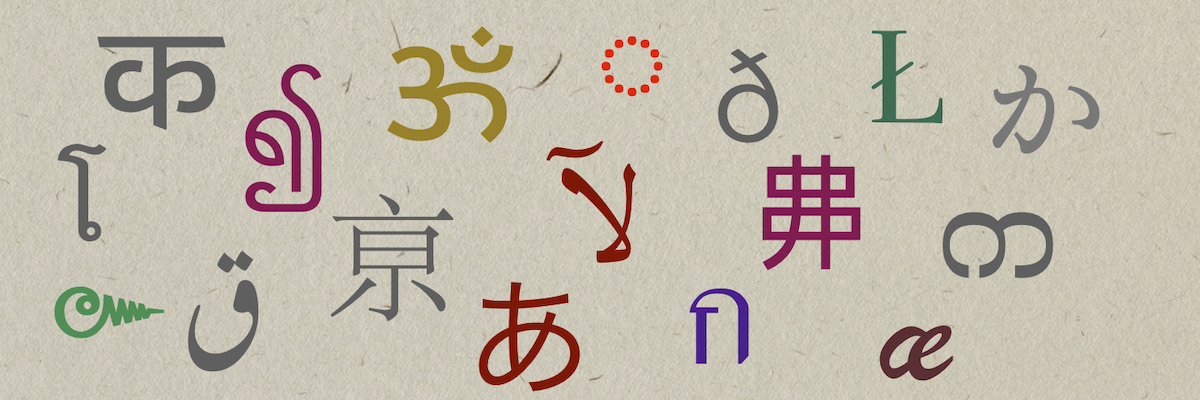
Global Writing Systems: A Typographic Survey (Part 1)
with
Kamal Mansour
“Type is how we dress our words before sending them out on the street.”
Typographic text is found nearly everywhere in the world. What was once written by hand, now appears in typographic garb. Written forms took centuries to develop. Because of their prevalence, we’ve grown accustomed to them. Around the globe, various writing systems have adapted in distinct ways to the constraints of typography. Each one has a story to tell.
Join us for a series of lectures as we explore the typographic stories of some of the most often encountered global writing systems: Latin, Perso-Arabic, Devanagari, Japanese & Chinese, Thai & Burmese. Which languages do they serve? How did they come to take their various forms? What is the logic behind each one? The final lecture will focus on the role of Unicode & OpenType in enabling digital devices to display text in so many languages and scripts?
By taking a long view of the development of typographic form, you will gain insights into what is familiar, all while learning of other cultures and the intricacies of their scripts. You will also come to understand which digital technologies act as an invisible scaffold that holds up our interconnected world.
Curious about digital typography around the world? Do you need to learn more about working with type in multi-script settings? Native reader or not, typeface designers, graphic designers, typographers, lettering artists, and language enthusiasts will find this class useful and informative.
About Kamal Mansour

